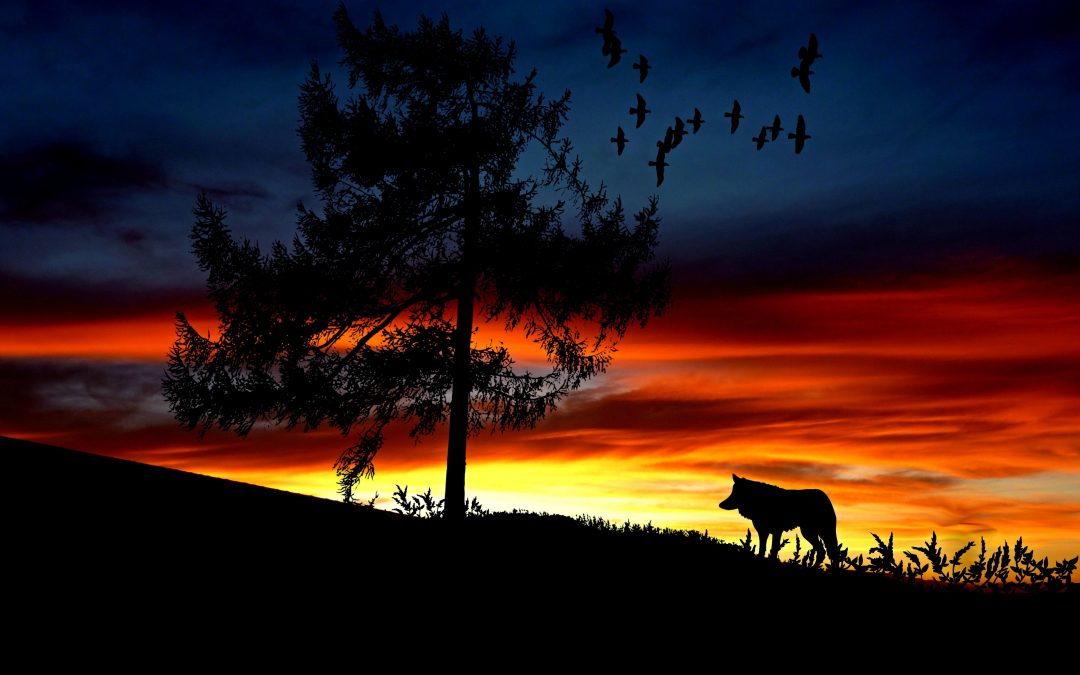About Women Who Run With The Wolves (WWRWW)
People often laugh when they hear I’m leading a Women Who Run With The Wolves study group. It seems they imagine a group of women out in the woods, howling together – how does the title of the book strike you? If you’re reading this blog, something about it hooked you. Below are some excerpts from the introduction of the book which will explain why Dr. Estes chose wolves as a symbol of a woman’s instinctual and healthy nature.
Excerpts from WWRWW INTRODUCTION: Singing Over the Bones
- Wildlife and the Wild Woman (the feminine instinctive nature) are both endangered species.
For long periods they both have been mismanaged…natural cycles forced into unnatural rhythms to please others…or for profits…as pristine wilderness disappears the understanding of our own inner wild natures fade…old woman and old forests are viewed as not very important resources.
- What does Dr. Estes mean by ‘wild woman’?
Wild is to live a natural life, one in which the creature has innate integrity and healthy boundaries. The word wild here is not used in its modern pejorative sense, meaning out of control, but in its original sense, which means to live a natural life, one in which the creature, has innate integrity and healthy boundaries. The words, wild and woman, cause women to remember who they are and what they are about. They create a metaphor to describe the force which funds all females. They personify a force that women cannot live without.
You can call this powerful psychological nature the instinctive nature. Wild Woman is the force that lies behind this powerful instinctive nature. In various psychologies and perspectives it would be called the id, the Self, the medial nature. In biology it would be called the typical or fundamental nature. Women Who Run with the Wolves is a telling of the ways of the Wild Women archetype.
- What is an archetype? Carl Jung understood archetypes as universal, archaic patterns and images that derive from the collective unconscious and are the psychic counterpart of instinct. They are inherited potentials which are actualized when they enter consciousness, as images, or manifest in behavior on interaction with the outside world. Wolves, coyotes, bears and wildish women share similar reputations. They all share related instinctual archetypes, and are erroneously reputed to be ungracious, dangerous and ravenous. The studies of wolves are like the history of women, regarding their spiritedness and their travails.
- Healthy wolves and healthy women share certain psychic characteristics: keen sensing, playful spirit, capacity for devotion, relational by nature, inquiring, possessed of great endurance and strength, intuitive, intensely concerned with their young, their mate, and their pack. They are adaptable, fiercely stalwart (dedicated and loyal) and brave.
- The concept of the Wild Woman archetype crystallized for Dr. Estés in her study of wolves in wildlife biology and from her experiences living near the woodlands of Michigan and Wyoming. The characteristics of wolves gives abundant hints into what is knowable about the feminine instinctual psyche.
- Listen to this NPR Podcast (18 minutes) called ‘Gray Wolf 06’ to learn more about wolves and the nature we share. “In 2006, a wolf was born in Yellowstone National Park who would become a legend in her own time…”
https://www.npr.org/2014/05/23/314974039/06-female
